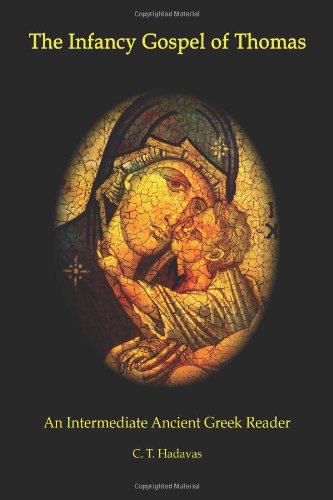More Christian Apocrypha Updates 7: The Death of Judas
[This is the latest in a series of posts on texts to be featured in New Testament Apocrypha: More Noncanonical Scriptures edited by Brent Landau and I. The material here is incorporated also into the information on the texts provided on my More Christian Apocrypha page].
The fourth book of Papias's lost Exposition of the Sayings of the Lord contains a tradition about the death of Judas that is different from what we find in both Matt 27:3-10 and Acts 1:18-20. This tradition, preserved in a long version and a short version in Greek catenae (collections of extracts from biblical commentators), states that Judas was punished for his betrayal of Jesus by becoming "inflamed in the flesh"—so large that he could not through narrow streets, his eyes swollen shut, his genitals enlarged and filled with pus and worms. Death came to him "in his own land" and no one can pass through there without holding their nose.
Papias's account of the death of Judas, prepared for us by Geoffrey Smith, is one of two contributions in the MNTA collection that derive from non-biblical traditions transmitted by patristic writers. This material blurs the definition of "apocrypha"—does the fact that Papias knows this story make it more valued, perhaps more historical, more "orthodox," than if it were contained in an apocryphal text? A similar situation exists with sayings of Jesus contained in the Apostolic Fathers—the presence of a saying in, say, 1 Clement makes the saying orthodox and many would count it …

